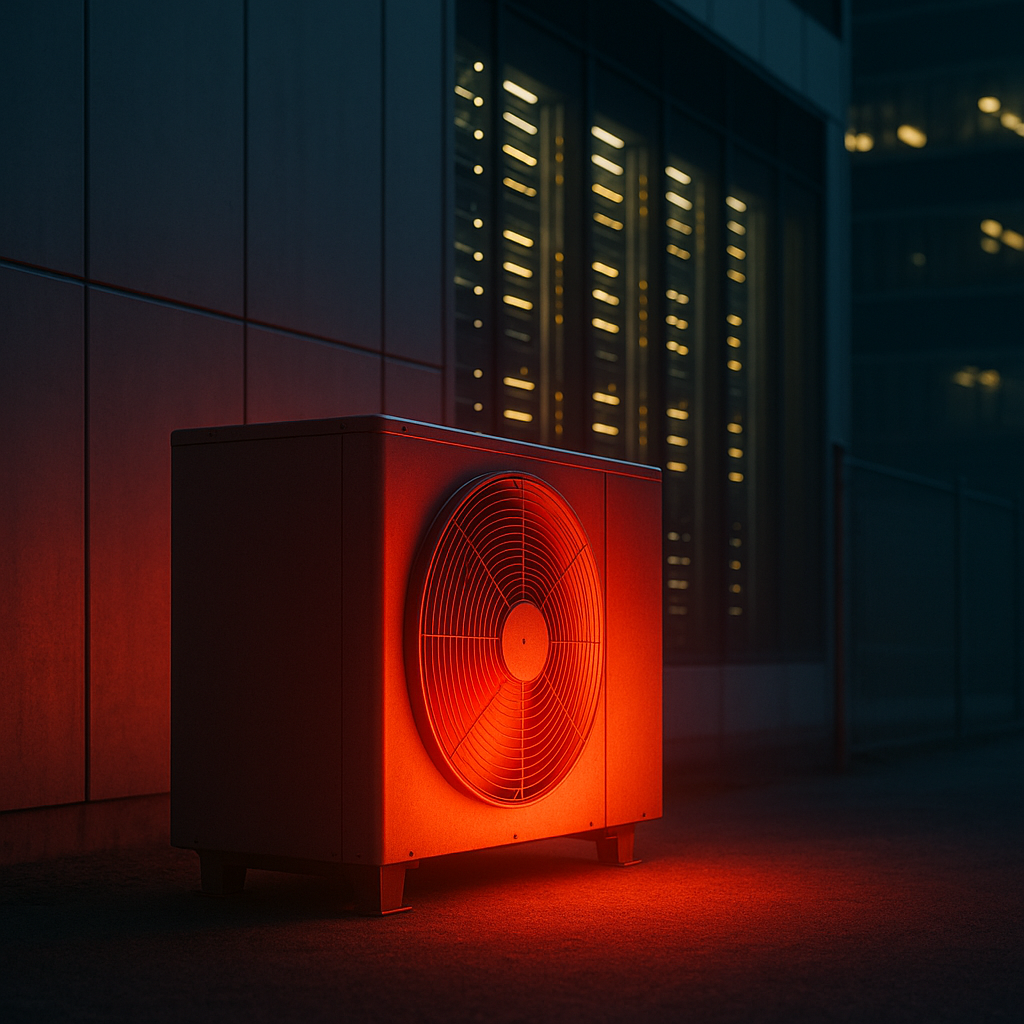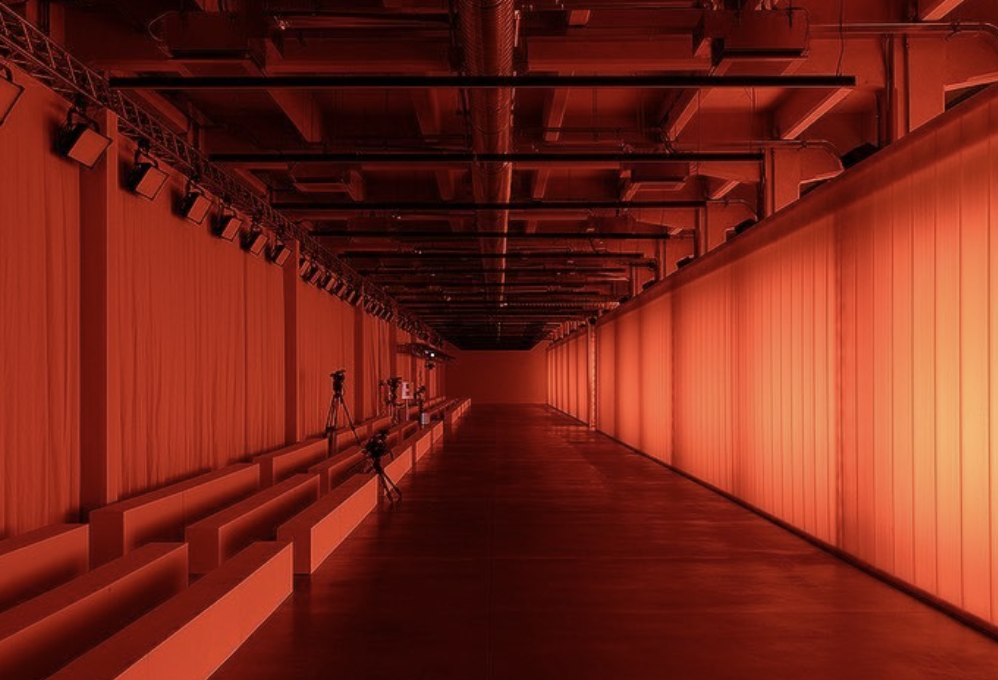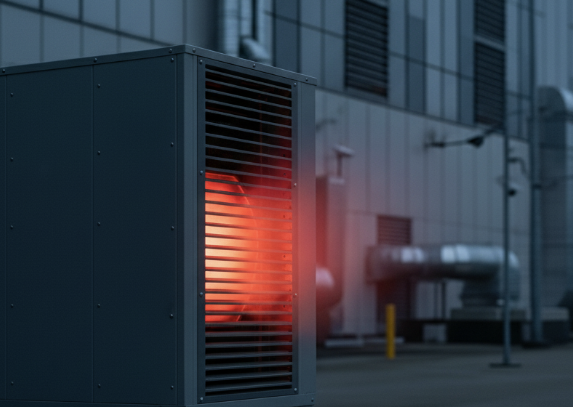
Wasted Power: Data Center Regulation in the US (Virginia, Texas, California)
Federal Level
At the federal level, the Department of Energy (DOE) promotes energy efficiency through voluntary initiatives like the Better Buildings Challenge and Data Center Energy Practitioner Program, which offer training and recognition but no binding targets. Data centers specifically can gain a voluntary certification that benchmarks energy performance against industry peers using metrics like PUE, which again has no legal or binding weight but is good for optics.
More concrete financial incentives come from the Inflation Reduction Act (IRA) in the form of tax reductions and credits, essentially lowering the cost for greener companies. Operators can get 30% investment tax credits for on-site renewable generation, battery storage, or energy-efficient building systems.
Nevada Reid Gardner Battery Energy Storage System (BESS) was given roughly $100 million in support came through the Inflation Reduction Act’s clean energy tax credits
From 2025 onward, IRA tax incentives will shift toward “tech-neutral” credits, rewarding projects that achieve net-zero emissions regardless of the technology used. This could include waste heat recovery systems if they lower a facility’s overall energy consumption or replace the need for separate heating elsewhere, they may qualify for the same tax breaks as renewables or storage.
So while the US has strong green incentives, there’s still no binding legislation for data centres. This reflects the country’s federalist system, where states hold significant power and federal mandates on how businesses operate often face political resistance. As a result, the US tends to favour market-led solutions over the kind of regulatory intervention seen in Europe.
State level
Virginia
Tax incentives
It’s no surprise that Virginia hosts nearly twice as many data centres as the second-ranking state when it offers such substantial tax incentives. The annual tax exemptions for data centres in Virginia are estimated at $412–$685 million. Over the past decade, the sector has accounted for 42% of all state incentive spending (around $1.7 billion), a share that is expected to grow as more facilities come online. With no published cap on the total exemptions a single data centre can claim, the largest projects could secure hundreds of millions of dollars in benefits over their operational lifetime.
Regulatory proposals
In just the first half of 2025, Virginia lawmakers put forward 32 bills aimed at tackling the environmental impact of data centres. Proposals ranged from SB 1196, which would have tied tax breaks to efficiency standards, to SB1353, which called for mandatory reporting of energy use, water consumption, and emissions. But only one of these 32 Bills actually made it over the finish line. HB2084, passed in March 2025, forces more transparency in how utilities set energy prices for different types of customers.
Many of these proposals were blocked on the grounds that additional regulation could increase costs or deter investment, with opponents arguing they would “create unnecessary red tape”.
Looking ahead
It will be interesting to see if there’s a tipping point for Virginia’s data centre boom. At some stage, the state can’t keep green-lighting new facilities when the energy pie isn’t getting any bigger. New data center developers might start using Virginia’s tax breaks to invest in efficiency technologies like waste heat reuse to stand out as more attractive than their energy-hungry competitors and get ahead of potential regulation that could eventually mirror those in Germany.
Texas
Energy Market Advantages
Unlike most of the US, which is tied into massive interstate networks, Texas operates a mostly self-contained power system offering some of the lowest wholesale electricity prices in the country, supported by abundant natural gas production plus strong wind and solar generation. The market is managed by the Electric Reliability Council of Texas (ERCOT), which allows large users to negotiate bespoke supply contracts or co-locate on-site generation. These factors, combined with ample land, lower real-estate costs, and local tax incentives, make Texas one of the most attractive locations for data-centre developers.
Senate Bill 6
This data-centre boom has driven tens of gigawatts of new demand in just a few years, and with advances in chip technology, that demand is set to keep rising. In a bid to manage the consequences of these new energy consumers, just last month (June 2025), Senate Bill 6 became law, introducing strict new rules for hyperscale data centres and other large electricity consumers that connect to the ERCOT grid:
From Dec 31, 2025, any new large-load interconnection must include remote disconnection capability, allowing ERCOT to cut power during grid emergencies.
Before flipping the off switch, ERCOT can require operators to switch to backup generation or scale back their load.
Waste heat potential
Despite growing concerns over data-centre energy use, Texas has no statewide requirement for facilities to reuse waste heat, and its environmental regulations remain lighter than those in states like California or New York. If waste heat were reused productively, it could reduce demand in other sectors and ease strain on the grid during peak events, since every megawatt reused locally is one that doesn’t need to be supplied from the grid.
Unlike colder climates, where waste heat can feed district heating networks, Texas’s hot climate means there’s little year-round need for space heating. Seasonal heating applications are therefore less viable, but there are several year-round options with strong potential for waste heat usage:
- Water recovery/capture
- Industrial drying
- Aquaculture or greenhouse heating
- Absorption chillers
- Industrial process heat
- CO₂ capture
If these projects were recognised within ERCOT’s demand-reduction programs, they could help data centres avoid curtailment under SB 6 by demonstrating grid-positive contributions.
California
A Tech State of Strict Standards
California has some of the toughest environmental and energy regulations in the United States. It was the first state to adopt mandatory building energy efficiency standards, setting a precedent that other states later followed. Today, California runs the country’s only economy-wide cap-and-trade program, which puts a price on carbon emissions. It also has legally binding climate goals: AB 32 requires deep cuts in greenhouse gases, and SB 100 commits the state to 100% clean electricity by 2045. Despite this regulatory pressure and some of the highest energy costs in the nation, California remains a magnet for data centers. Proximity to Silicon Valley and major internet exchange points keeps latency low, while access to tech talent and a relatively green grid make the state strategically attractive for hyperscale operators trying to balance performance with sustainability.
Data centers currently consume ~4% of California’s electricity and may rise to ~12% by 2028, so it’s no surprise California is bringing in tighter regulations relating to data center energy usage and waste heat to keep up with its own standards.
Title 24 – Heat Pumps & Building Efficiency
Title 24, part of California’s Building Energy Code, first took effect in 1978 and made California the first state to set mandatory building energy efficiency standards. Since then, it has been updated on a triennial cycle, with the next round of changes due this year. Title 24 has directly shaped data centre design in California, requiring features such as aisle containment and economisers. Facilities that don’t integrate these efficiency measures at the design stage risk being unable to secure approval.
Data centers in Silicon Valley (especially colocation acilities built post-2016) had to redesign and retro-fit layouts with hot aisle containment to meet Title 24 compliance, reducing cooling loads by up to 20–30%.
One of the big changes in the 2025 update to Title 24 is all about heat pumps. Firstly, all new developments will have to use heat pumps for heating and cooling, since they’re 3–4× more efficient than traditional systems. Secondly, the heat pumps themselves now need to meet tougher efficiency standards, specifically 8.8 HSPF, about 8% higher than before.
Put together, there’s a perfect chance to feed two birds with one scone. Many data centers will need to implement the next generation of heat pumps to comply, and new buildings need to source ambient heat for their heat pump systems. By integrating the two, the waste heat from data centers could be captured and reused to meet both needs while cutting demand and improving efficiency on both sides.
AB 1095 - Waste-Heat Energy Credits
Reusing this waste heat might not just be a neat idea but could also be a smart financial move if AB 1095 is passed. This bill was proposed in May 2025 and would make waste-heat recovery eligible for Renewable Energy Credits. In April 2025, it won unanimous approval from the Assembly Natural Resources Committee and has since advanced to the Appropriations Committee, where it is currently awaiting review.
To make adoption easier, the bill also ties in support from the Climate Catalyst Revolving Loan Fund, which provides low-interest loans and credit support for clean energy projects that face high upfront costs or long payback periods. Under AB 1095, the Fund would explicitly be expanded to cover data center waste-heat recovery systems, giving operators both a way to finance the technology and a mechanism to generate new revenue from the heat they capture.
AB 222 - Transparency & Efficiency Standards
Similar to the EU’s Article 12 and the UK’s SECR, California has put forward AB 222, which would require developers to report the energy used in operating AI models, along with the portion derived from California sources, to the California Energy Commission (CEC). This is significant because, until now, data centers have been buried within the broader category of commercial energy use. By January 1, 2027, the CEC will be required to use this information to establish bespoke energy efficiency rules for data centers that are both feasible and aligned with California’s greenhouse gas reduction targets.
Shaping the Future Framework
Taken together, these measures show how California is moving from broad, economy-wide climate laws to targeted rules for data centers. Once again, California is laying the groundwork for one of the most comprehensive regulatory frameworks in the country. The question now is whether other states will follow California’s lead, as they so often have in the past, or continue to prioritise looser rules to attract investment.



